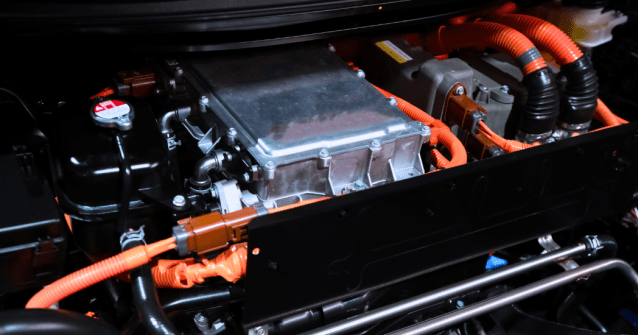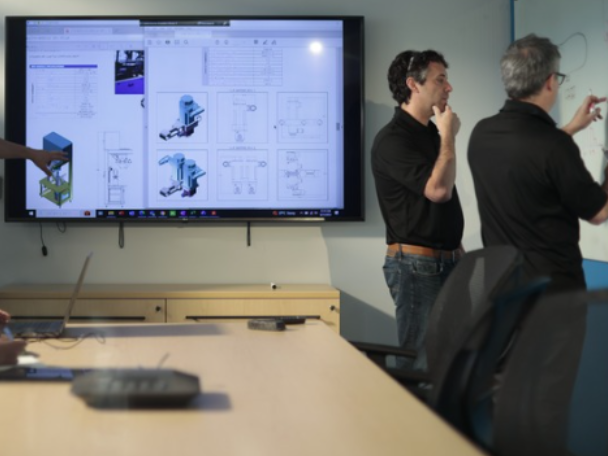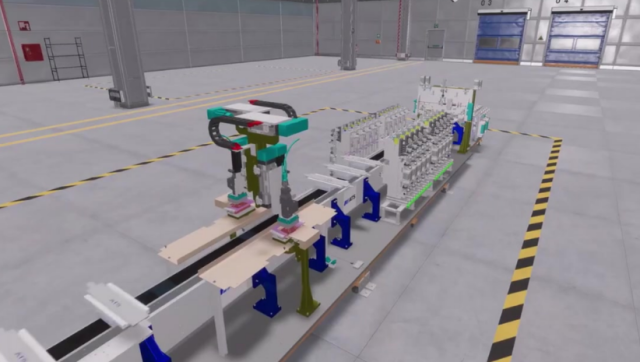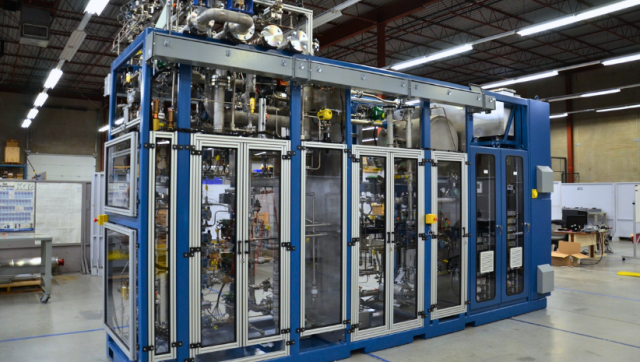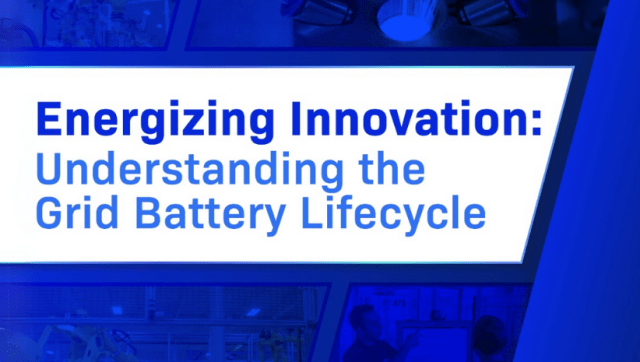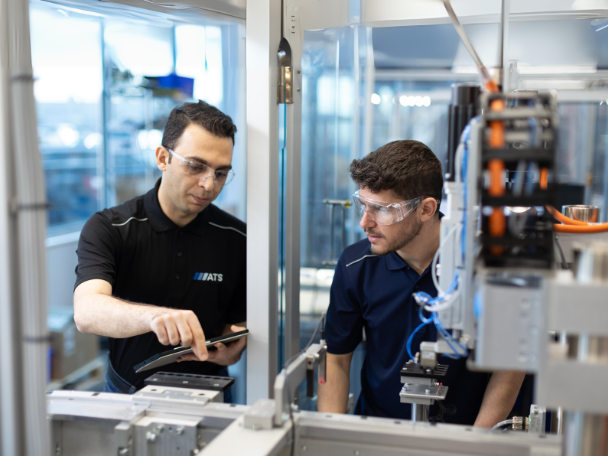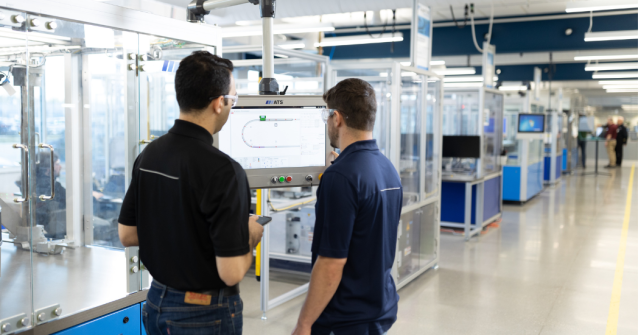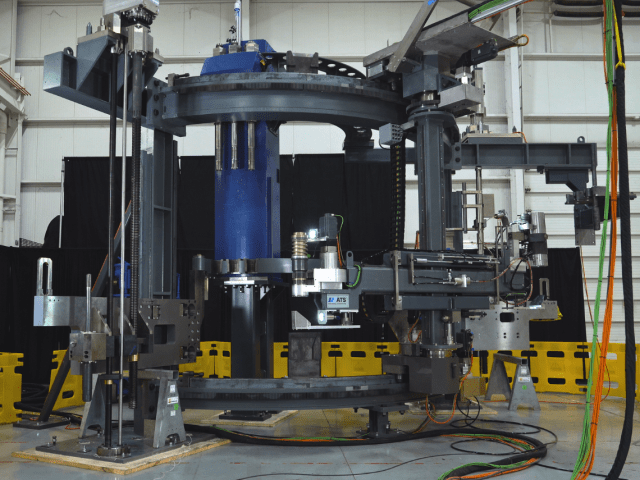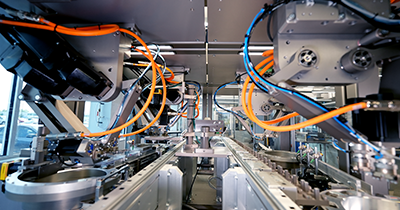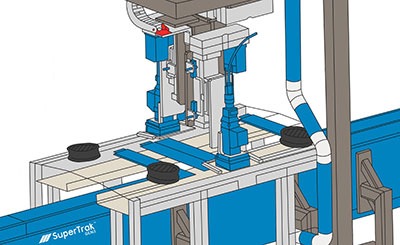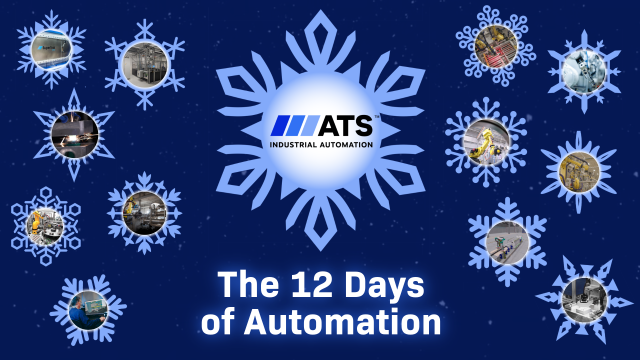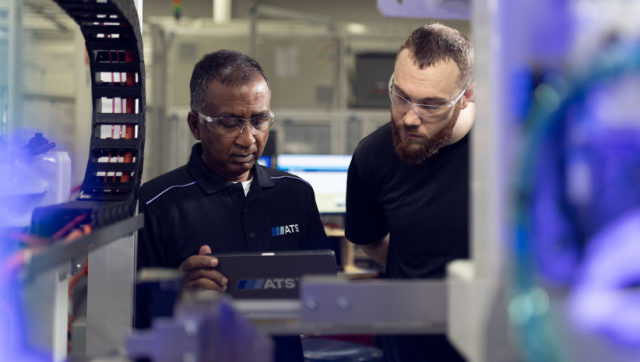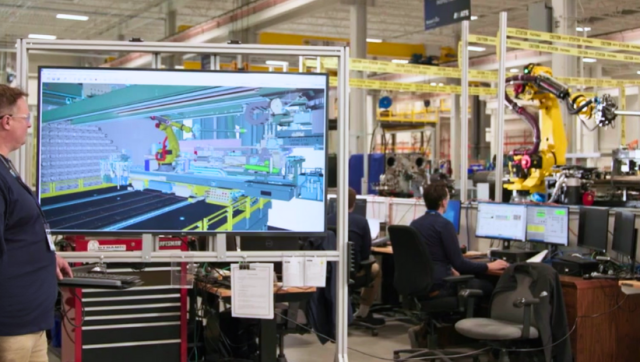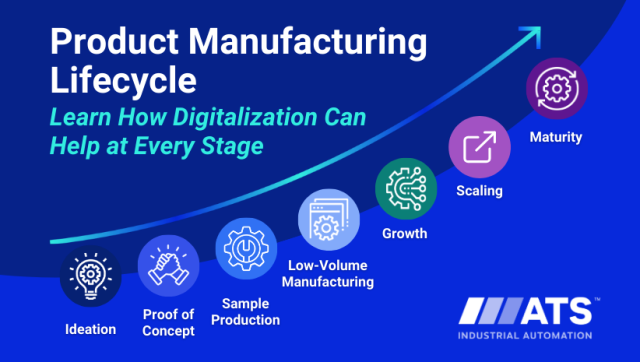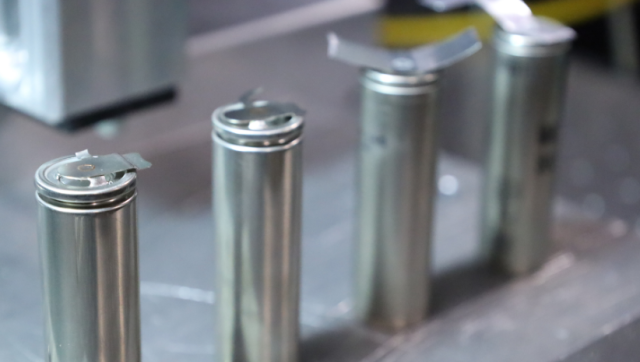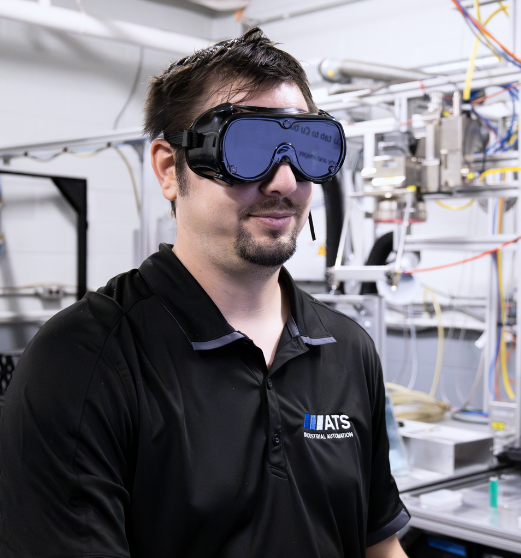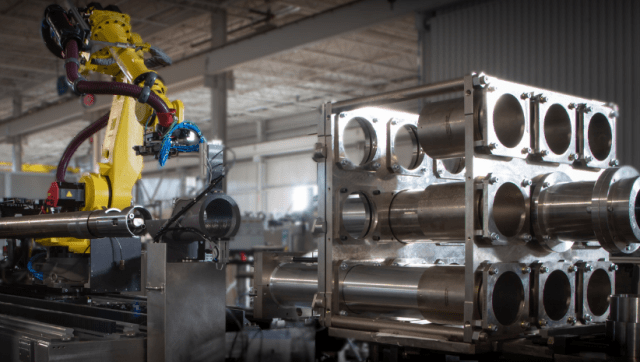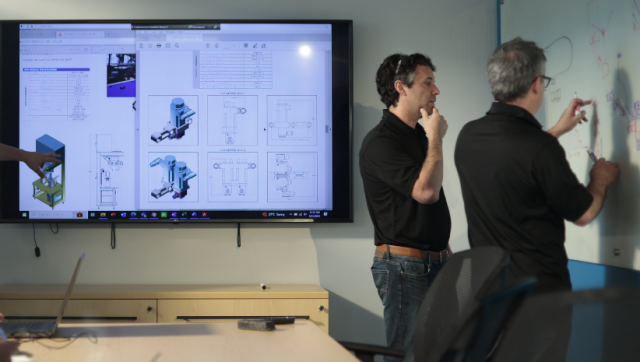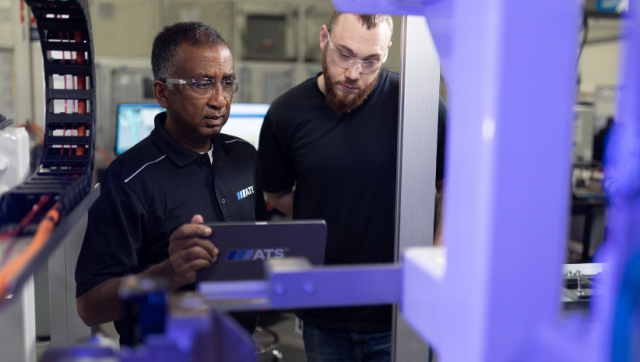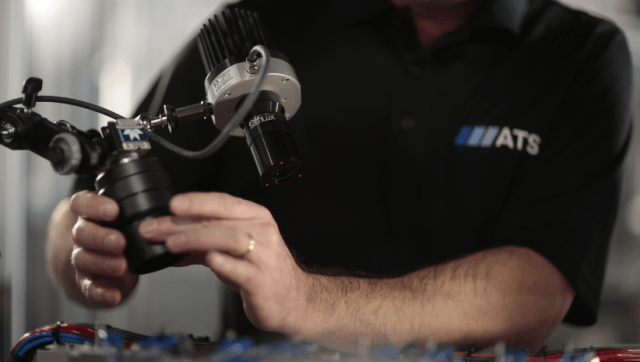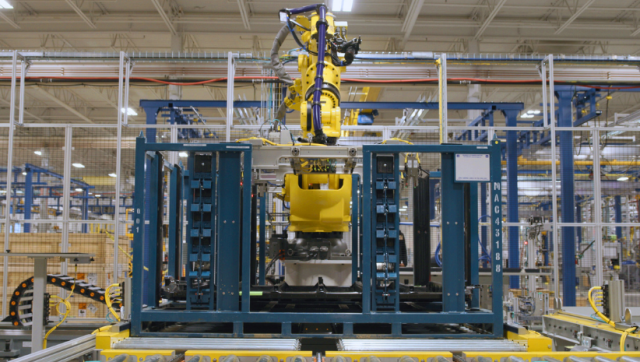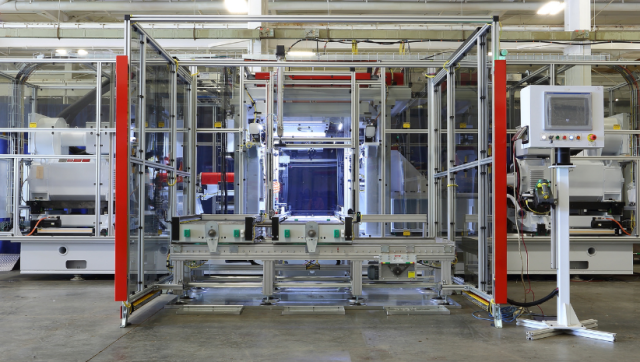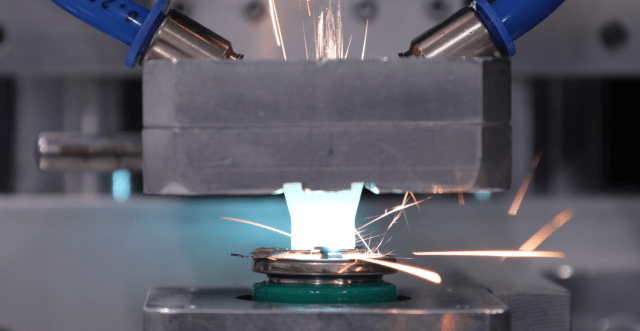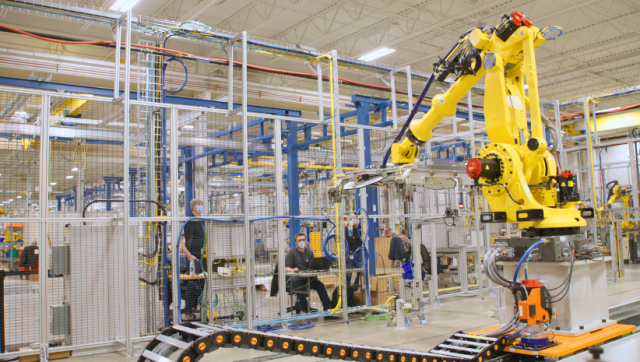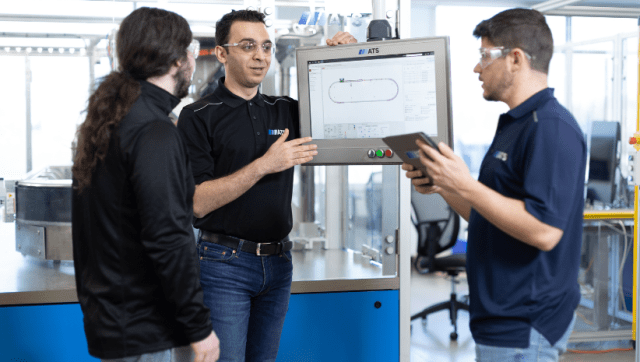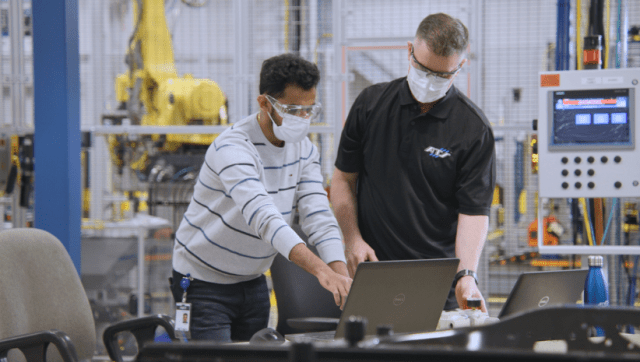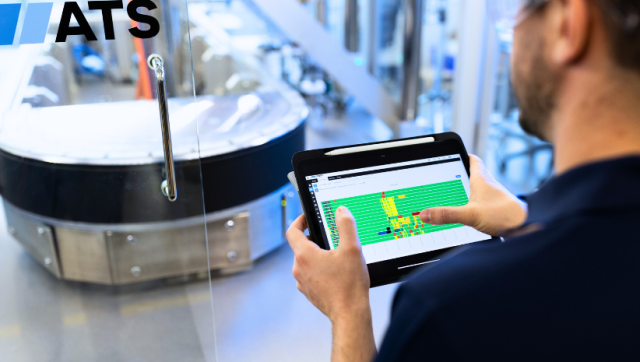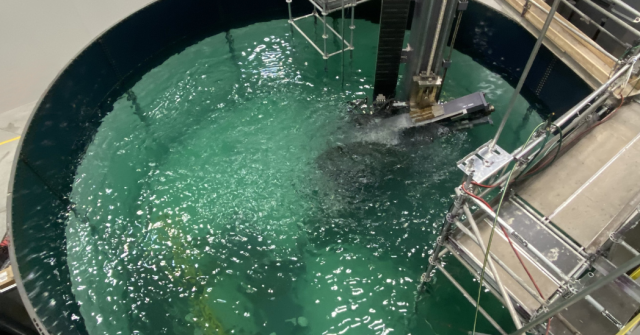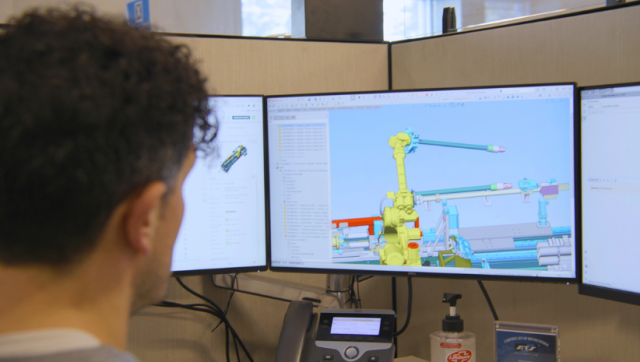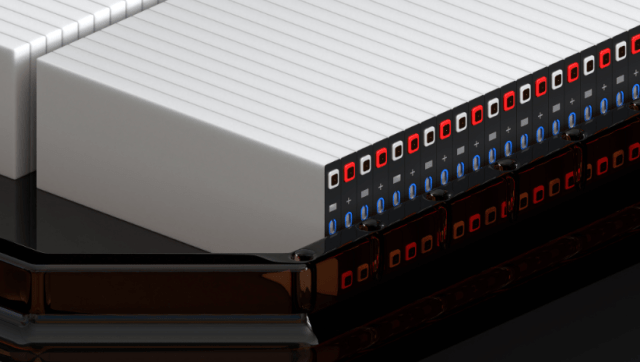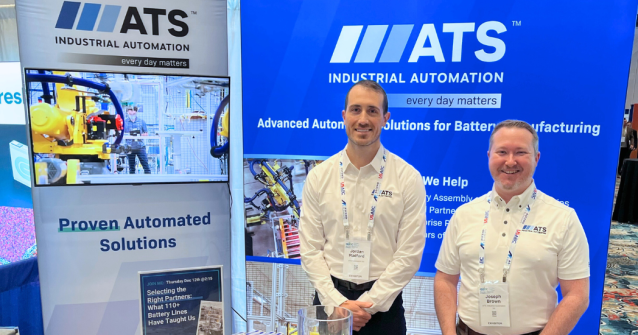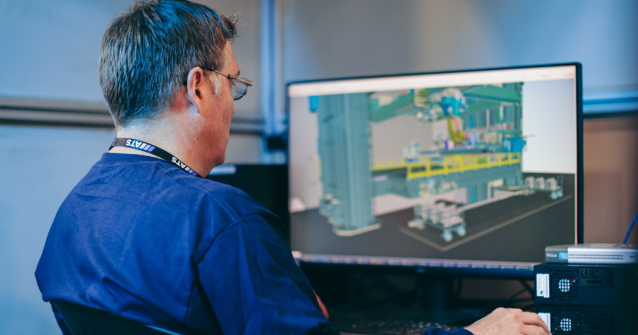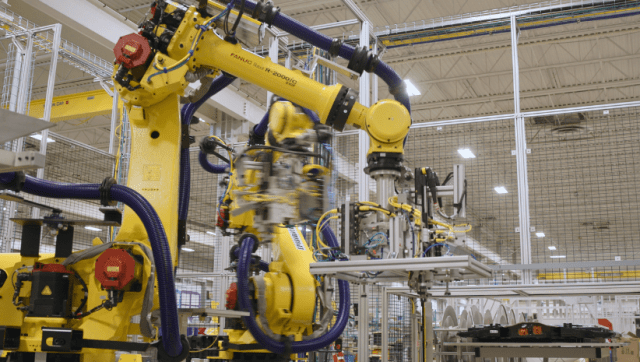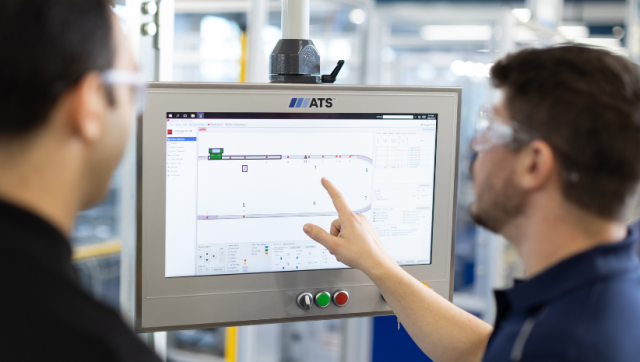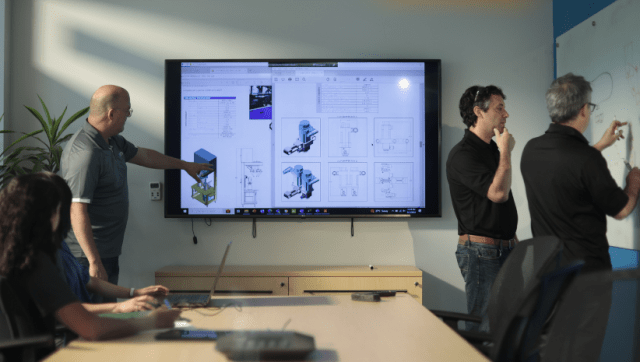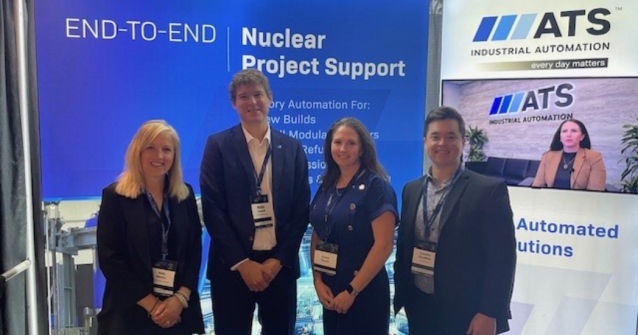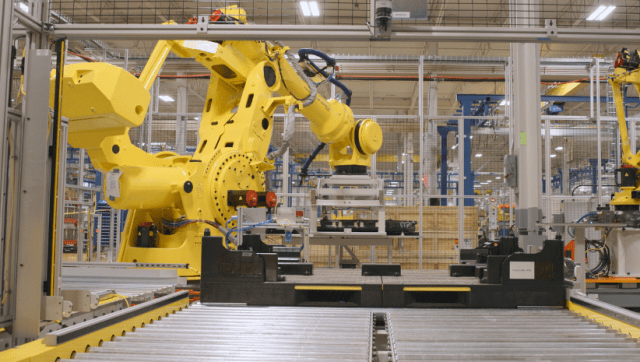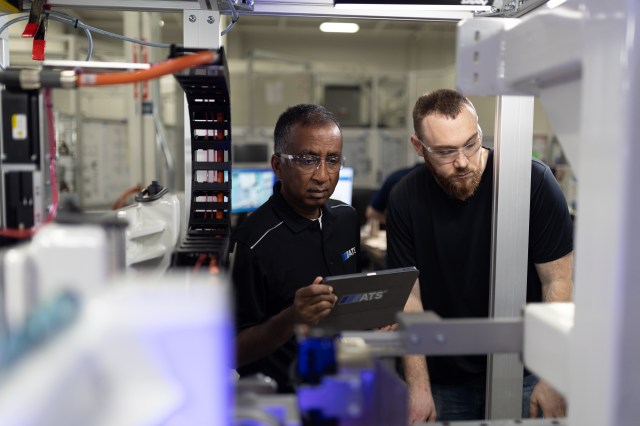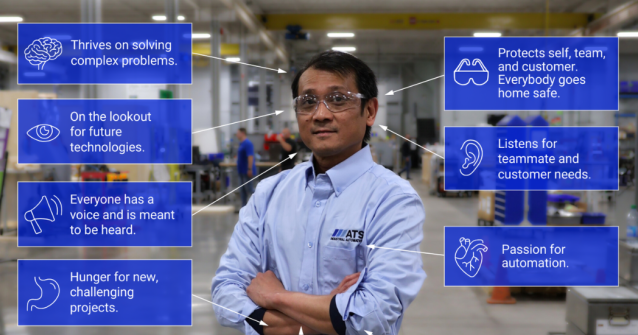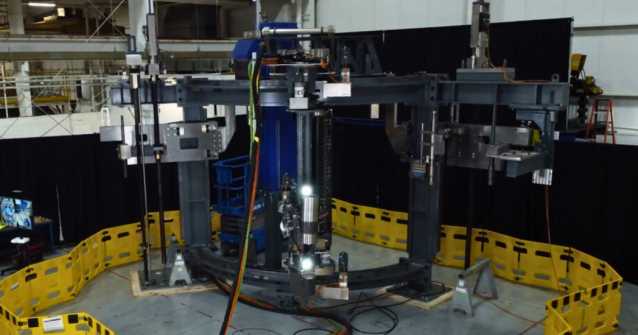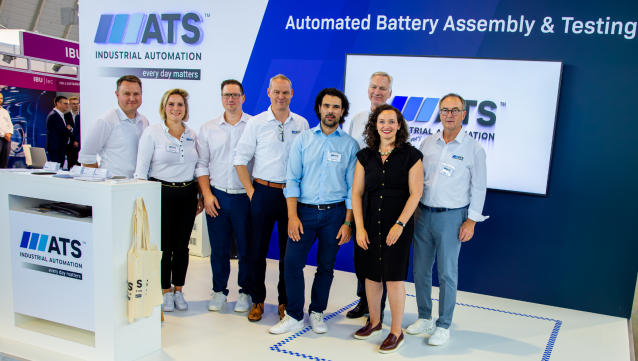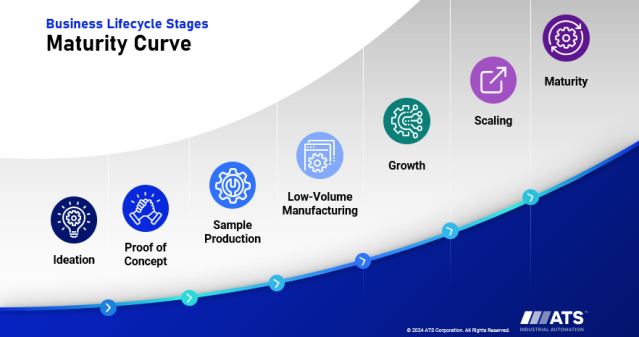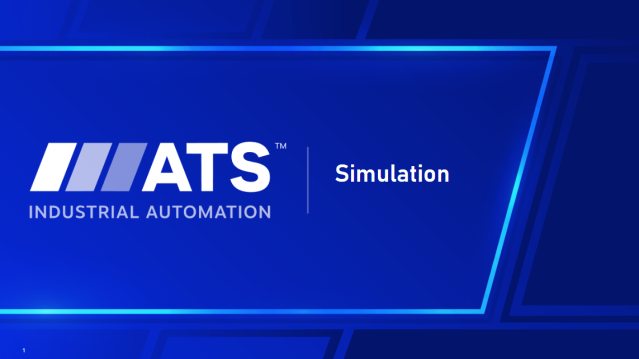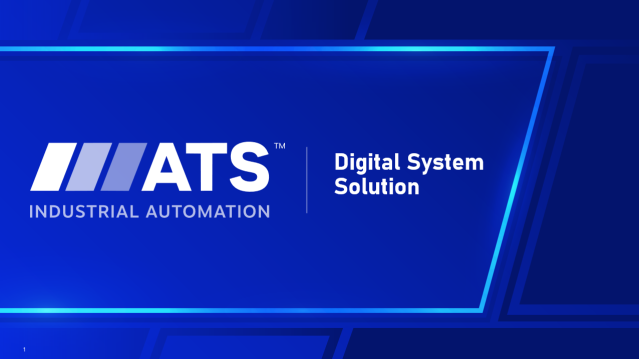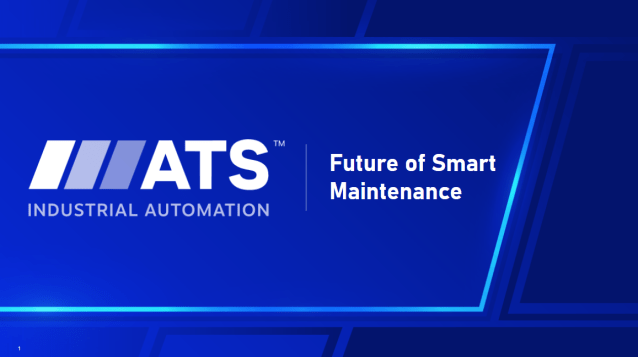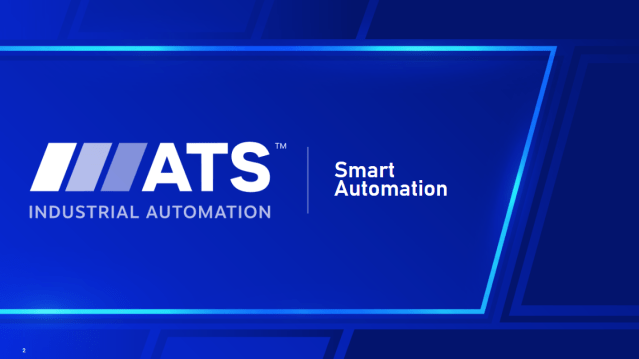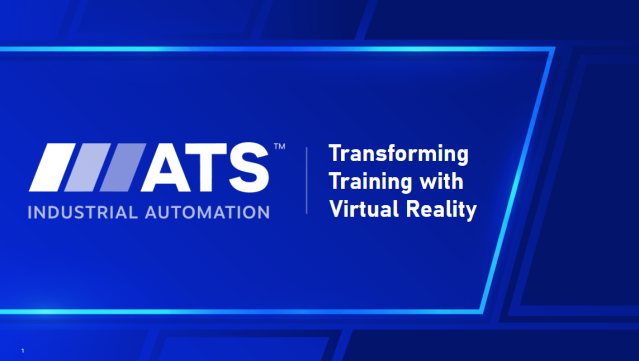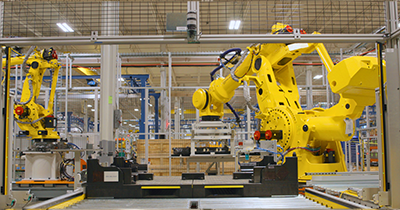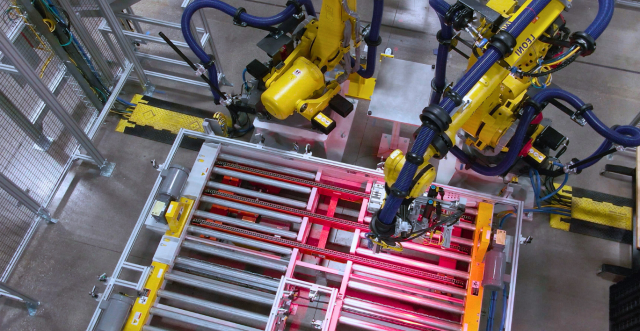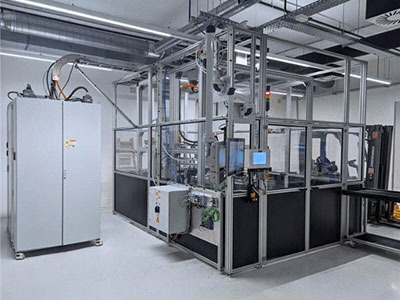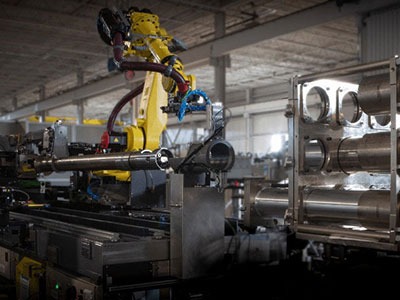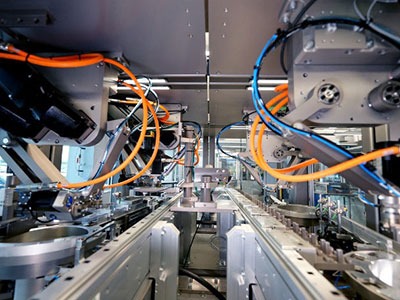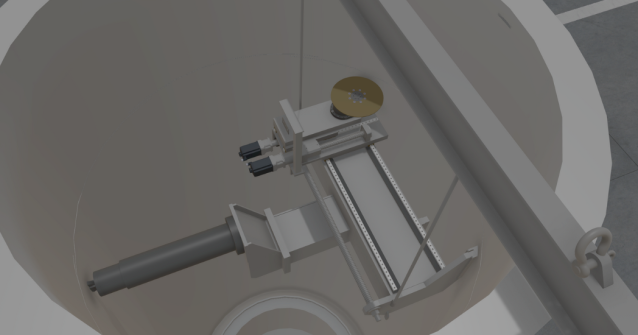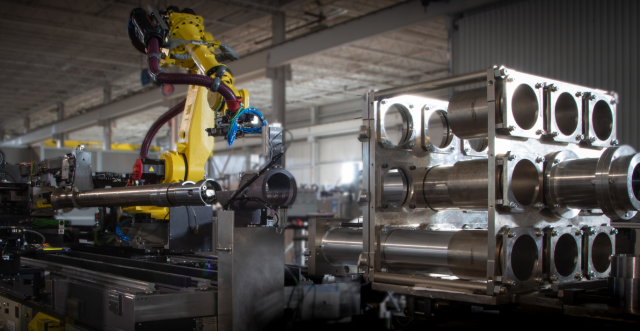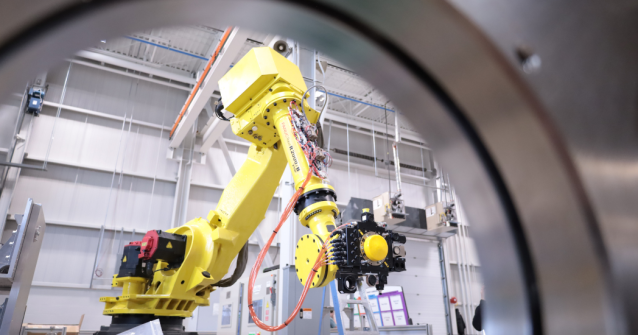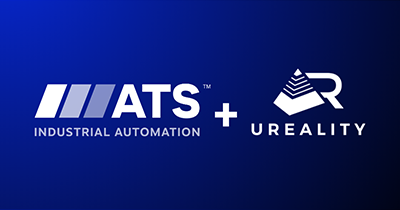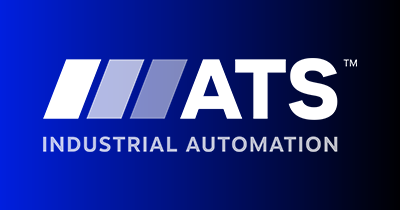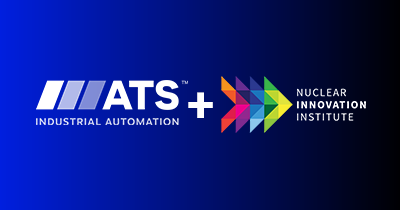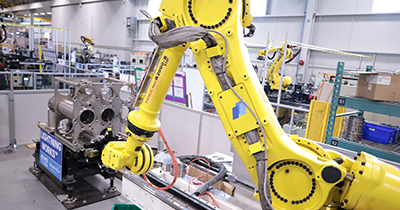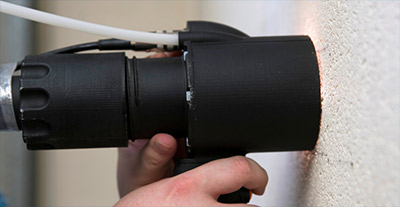Developing a request for quotation (RFQ) or request for proposal (RFP) is a critical step in procurement, serving as a formal invitation for suppliers to bid on providing goods or services. A well-crafted RFQ ensures all requirements are clearly communicated, enabling potential vendors to provide competitive bids. This process not only helps manufacturers select the best suppliers—it also impacts the overall cost-effectiveness of business operations.
Unfortunately, traditional RFQ development is often time-consuming, involving significant manual effort. Teams may struggle to gather and correctly document requirements at the right level of detail, which can result in inaccuracies and incomplete or unclear quotes. These issues can ultimately affect project timelines and budgets.
Pre-automation offers a powerful solution to these challenges by leveraging proactive tools and techniques, enabling manufacturers to streamline the RFQ process. Pre-automation helps define and document requirements more specifically , conduct risk assessments, and even simulate potential solutions. This reduces the time to prepare RFQ packages, enhances the overall quality of responses, and leads to more successful procurement outcomes.
Why Manufacturers Need Effective RFQ Development
A successful RFQ process plays a critical role in procurement. A well-developed RFQ not only outlines the technical and commercial requirements but also sets the stage for transparent and fair supplier evaluation. This is crucial in establishing a strong foundation for supplier relationships.
According to C1 Global, nearly 60% of procurement professionals report significant delays and increased costs due to inefficient RFQ processes. By clearly defining expectations upfront, businesses can minimize the risk of misunderstandings, misalignments, and miscommunications that often lead to costly project delays.
Effective quotes helps manufacturers identify the most suitable suppliers who can meet specific project needs, leading to better business relationships and collaboration. This, in turn, can result in cost savings through more competitive bids and fewer change orders during the course of a project. A well-crafted RFQ can improve project outcomes by ensuring all critical aspects of the project are considered and addressed from the outset, leading to smoother project execution and higher quality deliverables.
Challenges in Traditional RFQ Development
Manual data collection in the conventional RFQ process presents significant challenges. When data is collected manually, it often involves repetitive tasks such as copying and pasting information from various sources, increasing the risk of human error. This can lead to inaccuracies in the documents, causing misunderstandings between the procurement team and potential vendors. Manual data collection is also labor-intensive, requiring substantial time and effort that could be better spent on strategic activities.
Traditional RFQ development is notoriously time-consuming. It involves multiple steps, including gathering requirements, drafting the document, and coordinating with various stakeholders for input and approvals. The need for frequent revisions and updates further extends timelines—delaying the procurement process and straining resources.
Inconsistent and inaccurate data is another challenge. When teams manually enter or collect data from multiple sources, they risk more discrepancies. These inconsistencies can lead to vendors misinterpreting the RFQ scope, resulting in bids that fall short of expectations. Incorrect data can also cause issues during the supplier evaluation and selection process, as procurement teams may base decisions on flawed information and select a supplier that cannot adequately support the project.
How Pre-Automation Enhances the Request for Quotation Process
Pre-automation supports RFQ development by streamlining various stages of the process, from defining requirements up front and assessing and mitigating risks, to visualizing the future state of the project through tools like digitalization.
Requirements Definition
Pre-automation can significantly enhance the RFQ process by more accurately outlining and documenting project requirements. This involves working with the customer’s team to understand and capture their needs in the form of a specification, considering all elements of the project, and clearly communicating them to potential vendors.
Risk Assessments
Teams can use pre-automation tools to conduct risk assessments and identify areas that may be poorly defined or overly constrained. By right-sizing the requirements and addressing potential risks upfront, teams can confirm the RFQ requirements are comprehensive and realistic.
Proof of Concept Studies
Pre-automation can support technical studies to validate certain aspects of the project. This may help characterize key process characteristics and ensure the proposed solutions are viable, providing valuable insights that inform the RFQ and help manufacturers select the right supplier for the job.
Vendor and Technology Selection
By leveraging the expertise of an automation partner, manufacturers can use pre-automation tools and techniques to evaluate vendor or third-party technologies and determine the best technical solutions for their needs. This ensures that the selected vendor can successfully support the project.
Digitalization and Simulation
Digital technologies can simulate different process workflows and scenarios, helping to identify potential bottlenecks and optimized designs. This provides a comprehensive view of the project’s future state and helps refine the RFQ, so it better aligns with overall business objectives.
Implementing Pre-Automation Techniques Successfully
To fully harness the benefits of pre-automation when developing requests for quotations, manufacturers must thoroughly assess the RFQ’s current state to identify areas where pre-automation can add the most value. This includes understanding the procurement team’s specific needs and pain points. Manufacturers can then identify which pre-automation tools best align with their needs, and can seamlessly integrate new tools and techniques with their existing process.
It’s also critical to provide comprehensive training and support to employees. This helps ensure they’re comfortable using any new tools and techniques and fully understand the benefits the tools bring. Finally, continuously monitoring the tools’ performance can help manufacturers identify areas for improvement and ensure they meet desired outcomes.
Why Doesn’t Everybody Engage in Pre-Automation?
Utilizing pre-automation methodologies during RFQ development can present several challenges. Integration issues may arise when attempting to incorporate pre-automation tools within existing procurement processes. Ensuring seamless data flow between business and technical processes can be complex and may require additional effort or expertise. Resistance to change is another common challenge, as employees may be accustomed to traditional processes or hesitant to adopt new methods. Effective change management strategies, including clearly communicating the benefits of pre-automation and providing adequate training, can help manufacturers overcome these challenges. A trusted automation partner won’t just provide the tools but will also work with the team to ensure stakeholders are confident in new methodologies and are equipped to utilize them effectively—even after the project concludes.
Enhancing Accuracy and Efficiency in RFQ Processes through Pre-Automation
Pre-automation offers significant potential to improve the accuracy, efficiency, and cost-effectiveness of RFQ package development. By addressing project risks early and leveraging the expertise of an experienced automation partner, manufacturers can successfully integrate pre-automation methods into their procurement processes to enhance their overall business performance.
Every project is unique. Allow us to listen to your challenges and share how automation can launch your project on time.

Ryan Tavares
Director, Pre-Automation Services
ATS Industrial Automation
For over 20 years, Ryan has helped top-tier manufacturers and industry innovators transform their operations through automation and process optimization. Ryan empowers manufacturing businesses to enhance efficiency, improve product quality, and scale production to drive sustainable growth and maximize returns.



